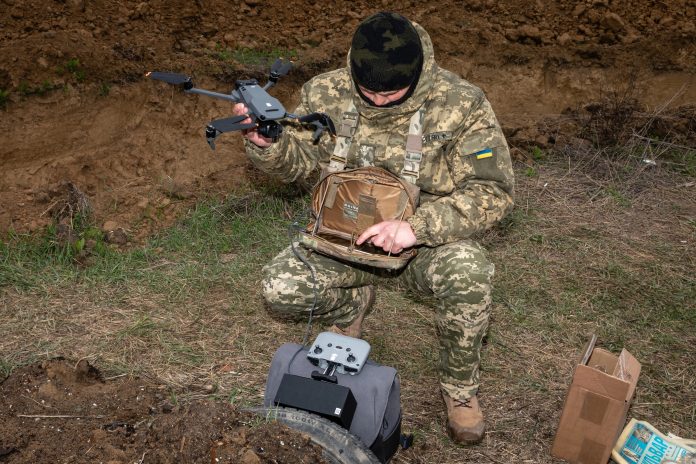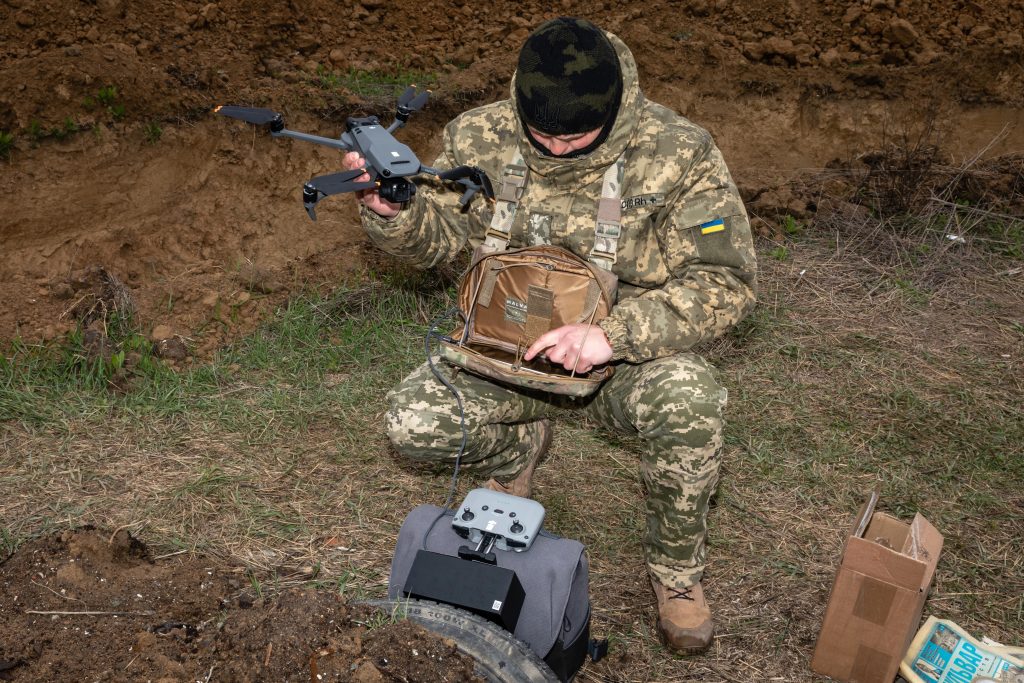
What happens when a forty-year-old North Korean rocket launcher collides with the tip of Ukrainian drone warfare? The result, as seen in a recent attack just outside Kupiansk, is a microcosm of a war that’s rapidly redefining the rules of modern conflict. In Ukraine, the collision between legacy firepower and next-generation tactics isn’t a mere curiosity it’s a glimpse into the future of war.
The destruction of the only known North Korean Type 75 MLRS by Ukraine’s Burevii Brigade is more than a war story. It illustrates how drones, improvisation, and global supply chains are merging to determine the course of events in ways that few military strategists could have envisioned a decade earlier. From the development of drone workshops to the world consequences of asymmetrical strikes, the Ukrainian front has become an open laboratory for military innovation. The following are seven of the most interesting observations from this unfolding conflict.
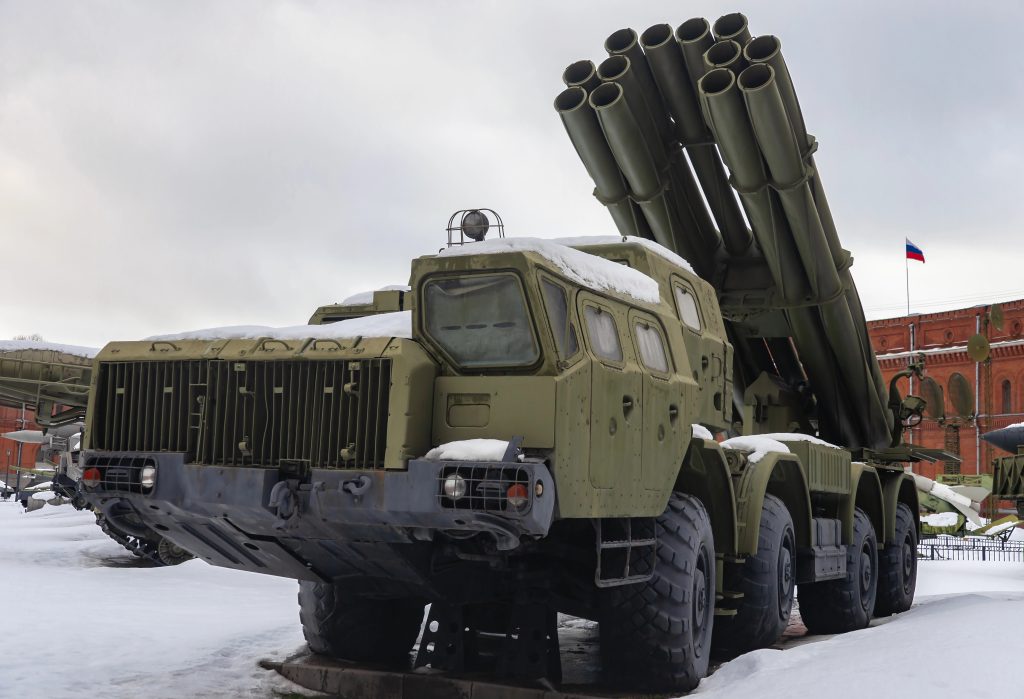
1. The Curious Case of the North Korean Type 75 MLRS
The sighting and then demolition of the North Korean Type 75 Multiple Rocket Launcher System (MLRS) on Ukrainian territory is a novelty of contemporary warfare. This 107mm rocket launcher, an imitation of a Chinese copy itself based on a Soviet model, is generally outdated by most measures. Nevertheless, as Military has it, its appearance in the Kupiansk region represents a new chapter in the continuing arms flow underpinning Russian efforts.
Although old, the Type 75 can release a 12-rocket barrage as far as 8.6 kilometers away. Its light, towed construction is simple to transport and reconfigure sometimes even for use on vehicles for more mobility. The strike of the Burevii Brigade, recorded on film, exhibited the power of a bomber drone in eliminating such equipment before it even fires its first shot. As the brigade reported through United24, “North Korean exotic hardware didn’t survive the reality of the front. The Type-75 MLRS rolled into position ready to fire, but the pilots of the 1st Presidential Brigade Burevii struck first.”
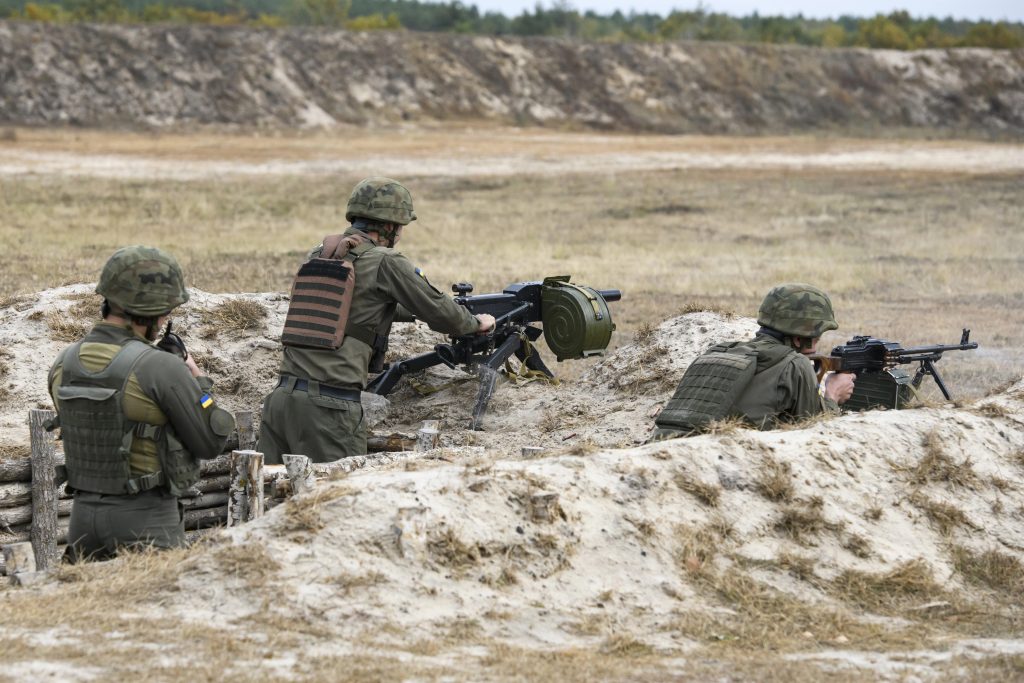
2. North Korea’s Growing Role in the Ukraine War
The participation of North Korean weapons and soldiers in Ukraine is a deep change in international alliances and battlefield acquisition. North Korea currently provides as much as 40% of the ammunition for Russian troops, and up to 10,000 North Korean soldiers are deployed with the capacity to deploy more, reports indicate. This is not merely a quid pro quo political support in exchange for arms; it is a chance for North Korea to learn lessons in drone warfare, countermeasures, and modern tactics.
Seized diaries and combat reports, as described by the Milwaukee Independent, show how North Korean troops have improvised during combat, how to fight in small units and improvise basic yet effective methods of repelling drone attacks. The conflict in Ukraine is therefore a test laboratory, speeding up North Korea’s own military development in the here and now.
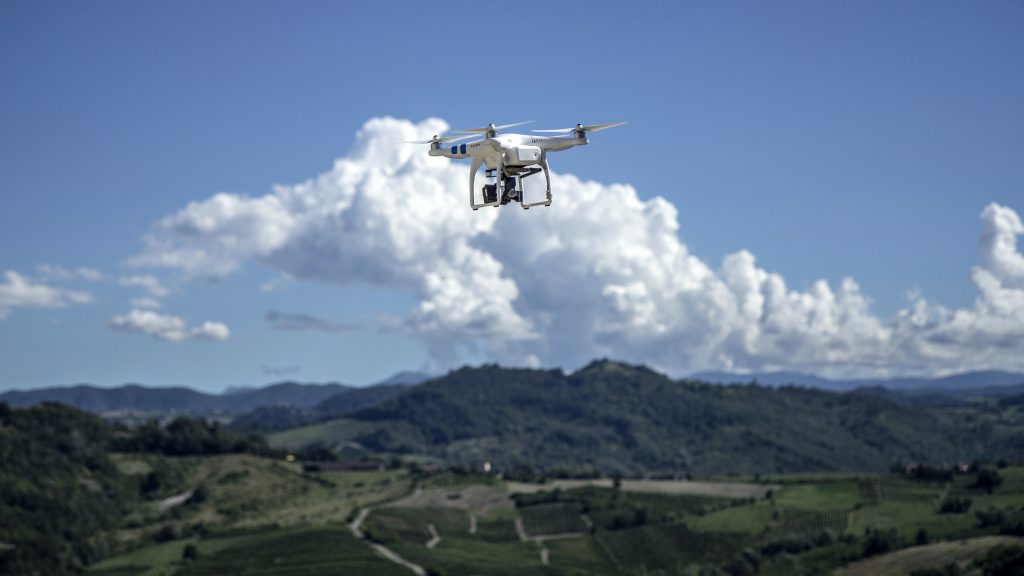
3. Drones: From Reconnaissance to Decisive Strike
Unmanned aerial vehicles have become the signature weapon of the Ukraine conflict. As Reuters reports, drone strikes now account for as much as 70% of Russian casualties and up to 90% of equipment losses in some sectors. The Ukrainian government’s push to produce one million FPV drones in 2024 underscores the scale of this transformation.
Drones have several functions: real-time observation, artillery observation, precision bombing, and even logistics. Their inclusion in every brigade has obliged conventional armored forces to change or be annihilated. According to one Ukrainian pilot, interviewed by Reuters, “You cannot jam such a drone, because there is nothing to jam,” citing the new AI-guided drones immune to electronic warfare.

4. Electronic Warfare: The Cat-and-Mouse Game
Electronic warfare (EW) is now the best answer to drone threats, but the competition is fluid. Both actors use EW systems to jam radio frequencies so that drone operators are under constant pressure to change tactics and frequencies. Handheld EW kits and “drone guns” are now de rigueur infantry equipment, but their usefulness is short-lived as enemies evolve.
Pilots increasingly employ signal repeaters sometimes on other drones to stretch the range of control and hide their locations. The advent of AI-driven drones, which can spot and attack targets without human intervention, is already tilting the balance. As the technology advances, EW might lag, making traditional countermeasures obsolete.

5. The Emergence of Drone Workshops and Ready Innovation
Behind the lines, Ukraine’s network of drone frontline workshops is a vital force multiplier. Smaller, highly mobile engineering units, usually embedded in brigades, do everything from repairing drones in emergency situations to quickly prototyping new drone designs. The workshops, based on interviews with Ukrainian Marines, use 3D printing, in-country battery maintenance, and immediate feedback from users to stay ahead of Russian counter-measures.

The workshops’ ability to innovate on the fly modifying drones to evade jamming, extending ranges, or integrating new munitions has proven essential in a war where the pace of technological change can decide the outcome of battles. Mobile repair vehicles, some funded by international partners, now bring this capability even closer to the front lines.
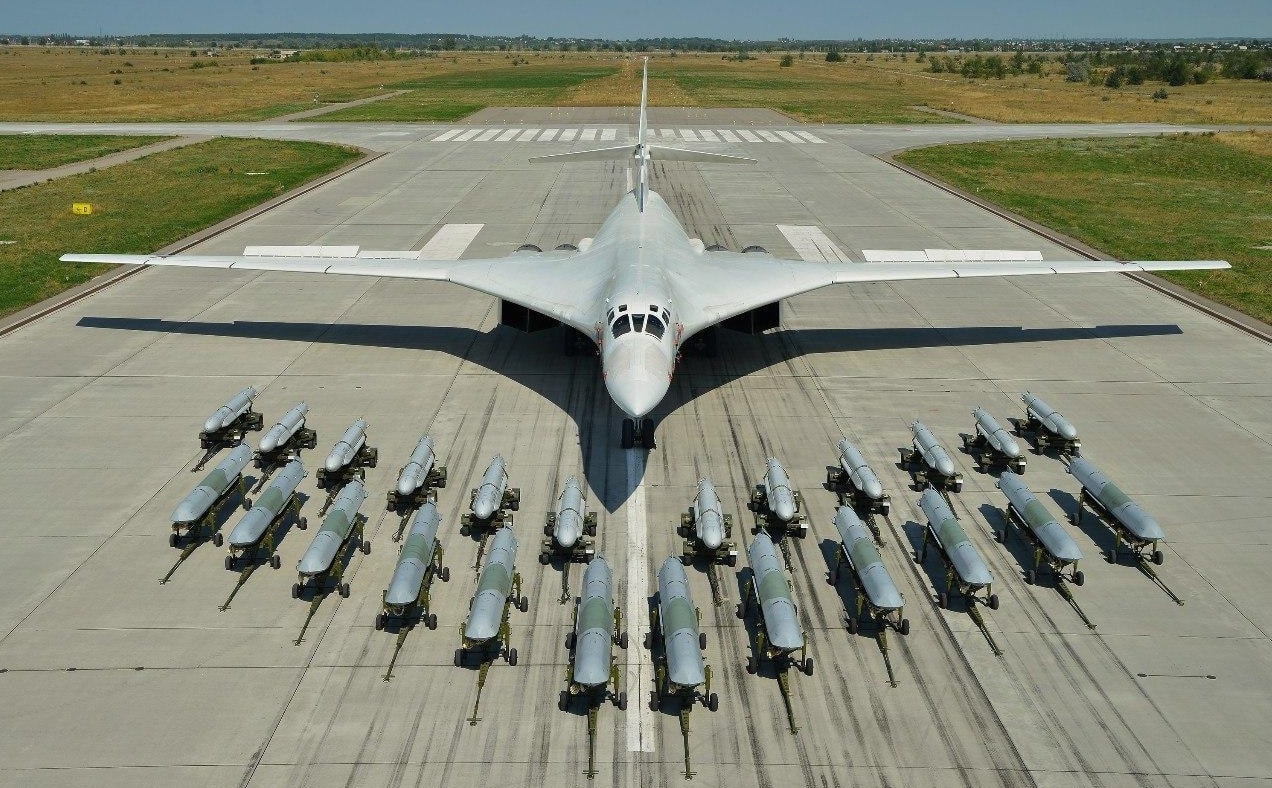
6. Operation Spider Web: Asymmetric Warfare at Scale
Ukraine’s Operation Spider Web, launched in June 2025, demonstrated the strategic potential of drone warfare beyond the immediate front. By smuggling and launching over 100 drones deep inside Russian territory, Ukrainian forces destroyed or damaged more than 40 strategic bombers and surveillance aircraft nearly a third of Russia’s long-range strike fleet, according to CSIS analysis.

This operation was based on a combination of human acumen, clandestine logistics, and AI-driven targeting. Drones were launched from secret compartments in civilian trucks, evading air defenses and attacking the nucleus of Russia’s strategic aviation network. The economics are dramatic: “While a drone, a lithium-battery and a warhead costs well below $3,000, a Russian Tu-160 bomber costs around $250 million,” observed the analysis of American University.
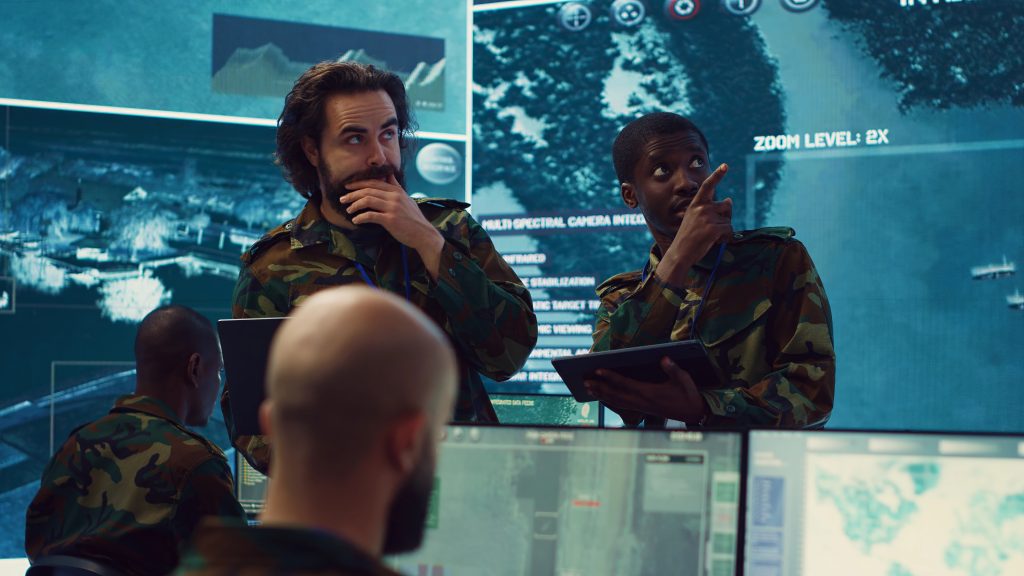
7. Global Implications: The New Blueprint for Modern Warfare
Ukraine’s lessons are not forgotten by great powers or by non-state actors. The war has made normal the widespread use of drones, sped up the introduction of AI, and uncovered weaknesses in conventional defense paradigms. As West Point’s Combating Terrorism Center notes, “The war has normalized large-scale drone deployment, demonstrating the feasibility of launching coordinated drone swarms and phased attacks capable of overwhelming existing defenses.”
Nations such as China are observing the industrial and tactical developments closely, and the United States is being asked to question whether it is capable of keeping pace with the high-turnover, high-consumption world of drone warfare. In the meantime, the technologies on exhibit in Ukraine already are being examined and in some instances, implemented by violent extremist groups, indicating that the next wave of quick change in drone warfare might develop from unfamiliar directions.
The downing of the North Korean Type 75 MLRS by a Ukrainian drone is more than a footnote on the battlefield it is a testament to the way the old and new are coming together in Ukraine. As drones, AI, and speed-of-innovation continue to define the conflict, the lessons gained here are bound to resonate far beyond the pages of Eastern Europe and challenge military doctrines and defense industries across the globe. The future of war is being written in real time, and its writers are as likely to be mobile workshop engineers as command bunker generals.
